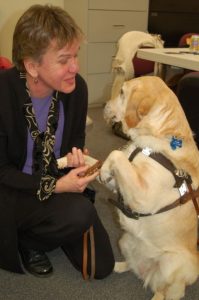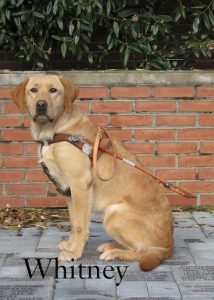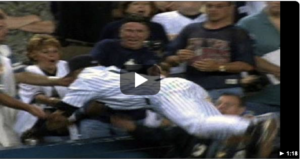Mondays with Mike: The smart way to get directions? DIY.
June 17, 2019 • 12 Comments • Posted in Mike Knezovich, Mondays with MikeOne of the first ride-shares I ever used picked me up near the University of Illinois-Chicago Hospital west of the Loop. Destination: 401 N. Michigan. The driver slavishly adhered to the GPS directions. And he took us into hellacious traffic that I calculated to have been pretty easily avoidable, and lacking that, escapable. Finally, he said, “It says we’re here.”

Well, kind of. We were at LowerWacker Drive and Michigan. For non-Chicagoans, that’s a cave-like intersection below anything you see on The Magnificent Mile. He didn’t know the difference. From there I opened the door and got out of the ride from hell, gladly taking the rusty old stairs up to daylight.
I drive pretty infrequently these days, and it seems like it’s getting more randomly dangerous out there on the road virtually each time. I lay part of that on Ubers and Lyfts—when someone does an ill-advised U-turn without realizing I’m driving right behind them, it most often is a ride share car. Ditto vehicles stopped in the worst possible places to stop—their drivers are looking for their next customer, oblivious.
But the robotic adherence to GPS directions is hardly only an Uber/Lyft phenomenon. Everybody’s doing it, doing it. And apart from triggering bad driving behavior, it may be making us stupider.
A little while ago, the Washington Post ran an article headlined “Ditch the GPS. It’s ruining your brain.” The writer does a great job of explaining and summarizing a very sophisticated research paper that was originally published in the journal Nature. (That one is titled Hippocampal and prefrontal processing of network topology to simulate the future. Phew.)
It seems that when we navigate without the aid of GPS, we’re stimulating, exercising, and even growing the vitally important part of our brain called the hippocampus.
From the Post article:
The hippocampus is crucial to many aspects of daily life. It allows us to orient in space and know where we are by creating cognitive maps. It also allows us to recall events from the past, what is known as episodic memory. And, remarkably, it is the part of the brain that neuroscientists believe gives us the ability to imagine ourselves in the future.
Studies have long shown the hippocampus is highly susceptible to experience. (London’s taxi drivers famously have greater gray-matter volume in the hippocampus as a consequence of memorizing the city’s labyrinthine streets.) Meanwhile, atrophy in that part of the brain is linked to devastating conditions, including post-traumatic stress disorder and Alzheimer’s disease. Stress and depression have been shown to dampen neurogenesis — the growth of new neurons — in the hippocampal circuit.
We apparently hit our peak of navigation skills at 19 years old (what’s new!). But wait, there’s good news:
“…neuroscientist Véronique Bohbot has found that using spatial-memory strategies for navigation correlates with increased gray matter in the hippocampus at any age. She thinks that interventions focused on improving spatial memory by exercising the hippocampus — paying attention to the spatial relationships of places in our environment — might help offset age-related cognitive impairments or even neurodegenerative diseases.
At some intuitive level, it seems reasonable that by routinely ceding one of our brain’s activities to our tech gadgets, we could be getting dumber.
Now obviously, GPS can be extremely useful. But maybe after I do my crossword puzzle each day, I’ll start studying maps, too.







